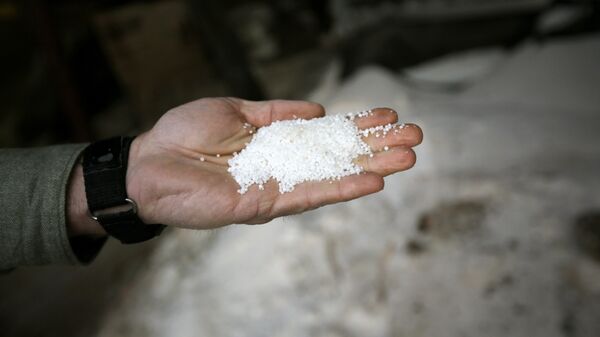Researchers at the Moscow State University of Psychology and Education (MSUPE) and the National Research University Higher School of Economics have managed to demonstrate that different textures are associated with different categories of emotions. For example, soft fur and velvet are associated with joy, smooth and cold marble and glass are associated with sadness, and a rough metal brush is associated with fear and anger, while sticky plasticine and slime are associated with disgust and surprise.
According to the experts, they have managed to form a set of textures that can be further used to study the perception of emotions through touch.
“Following the preliminary online survey, we have selected 21 textures that the respondents most often associated with certain emotions, including glass, wood, silk, sandpaper, plasticine, marble and others”, Olga Korolkova, candidate of psychological sciences, senior researcher at the Centre for Experimental Psychology at MSUPE, said.
According to her, the main study involved 108 participants, who were offered to touch various textures while blindfolded and rate from 0 to 5 how much they associate them with six basic emotions: joy, fear, anger, surprise, sadness, and disgust.
The scientists also found that the individual level of alexithymia (difficulty in transmitting and verbal description of one’s condition) is associated with estimating the intensity of certain emotions: anger, sadness, and disgust.
“We’ve shown that the individual perception of emotions can be related to the level of associating negative emotions with textures”, Korolkova said.
In the future, the researchers would like to clarify what properties of materials explain their association with emotional categories, such as softness and hardness, the level of smoothness and elasticity, etc. The scientists also want to find out whether associating materials with typical objects made from them affects perception.
The study's results were published in Consciousness and Cognition magazine.


